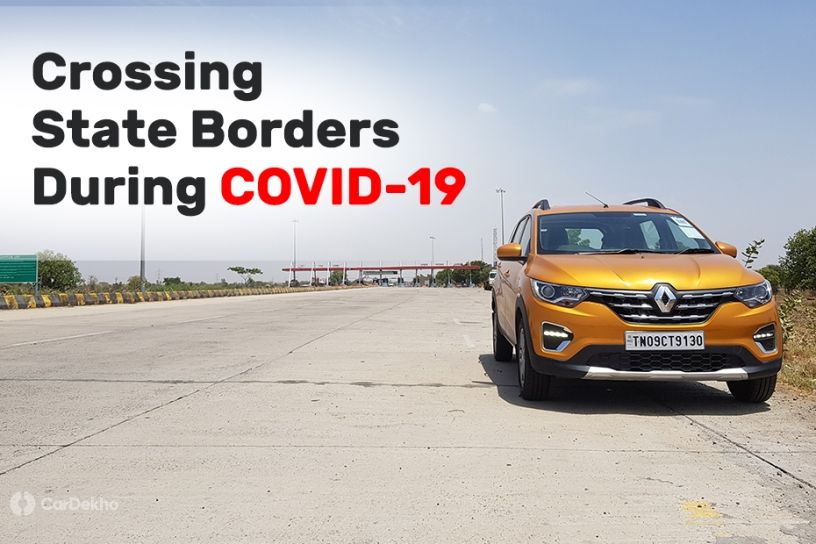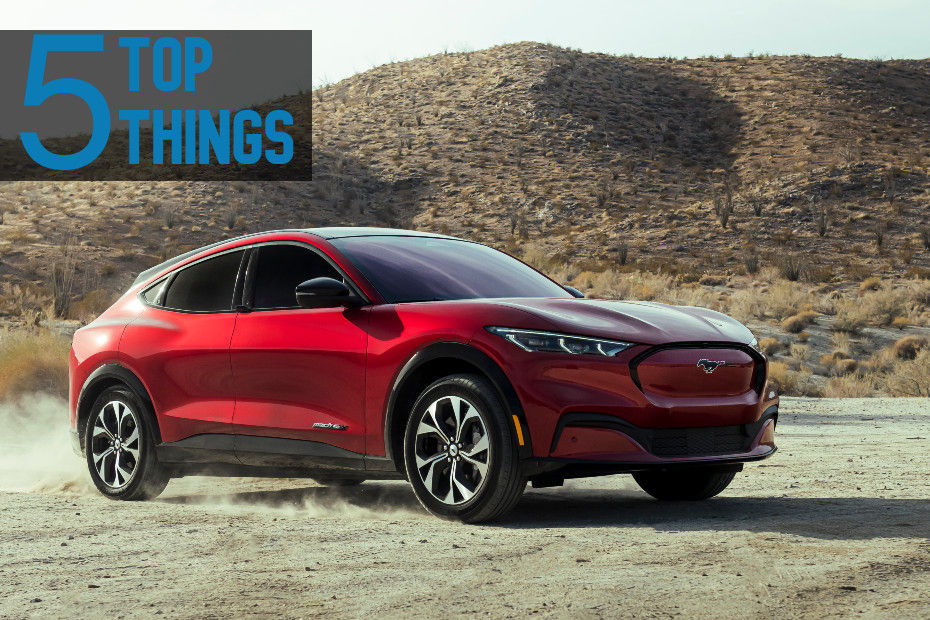7 Key Points To Travel In The Time Of COVID-19
Modified On May 26, 2020 12:59 PM By Nabeel
- Write a comment
A family emergency had me pack my bags and embark on a 1300km road trip from Pune to my home in Jaipur just as the Lockdown 4.0 was coming into effect. Here’s what I learnt along the way

I had a chance to leave for my hometown before the flights were suspended on March 24. But given the risk of catching the virus at the airports, I opted not to. Like me, I am sure many of you either opted not to travel or simply could not. Now that the lockdown has been eased, road transport is possible within reason. Again we must emphasize that you should follow all local restrictions and lockdown protocols and have a valid emergency (can be checked on local and interstate websites) before starting out on long journeys. If you still have a strong enough reason to travel back home, as I did, here are the steps you should take.
1. Apply For A Travel Pass
 A travel pass is mandatory for you to enter the state you are travelling to, not for the state you will be passing through. In my case it was Rajasthan. Hence I applied for a travel pass on the Rajasthan government’s E-Mitra website. I had to pass through Gujarat, for which I did not need a separate permit. But road travel in Maharashtra is only allowed for essential purposes, and hence I needed a travel pass for intra-state travel as well. This was applied via the Pune Police web portal.
A travel pass is mandatory for you to enter the state you are travelling to, not for the state you will be passing through. In my case it was Rajasthan. Hence I applied for a travel pass on the Rajasthan government’s E-Mitra website. I had to pass through Gujarat, for which I did not need a separate permit. But road travel in Maharashtra is only allowed for essential purposes, and hence I needed a travel pass for intra-state travel as well. This was applied via the Pune Police web portal.

Rajasthan’s pass did not require a lot of paperwork. Just the number of passengers, Aadhar card details, car details, type of emergency and addresses of to and from. The good thing is that it is a fairly quick process. I applied for the pass at 10:00 AM and it got approved by 11:15 AM. The one for Pune took longer. The status of my application was unknown for an entire day. The application was also more complex and required a medical certificate, my picture, travel date, purpose and more.

From what I could understand, every state government has its own guidelines of what they consider an emergency and hence the approval of your travel request will depend on the emergency you are facing. To apply for a pass, just look for the link on your state government or police website. Do this at least 3 days in advance. A simple keyword search on Google will also redirect you to the link.
2. How To Use The Travel Pass

The pass comes as an E-NOC allowing you to travel between the mentioned two addresses on the said date. Once you obtain the travel pass, make sure to take a printout (a small size works, no one will be looking at it from the moon) and attach it to the top left corner of the windscreen. The Rajasthan pass has a QR code, which made things simpler. A printout helps the cops on the borders have a look at the travel request without having to make you roll down your window, a preferable situation for both parties in the current circumstances. Plus, scanning the QR code helps them validate the said permission.
3. Driving Essentials

Because your drive will involve you getting out of your car at certain points -- which I will mention later -- be sure to carry two masks (an extra pair should be handy in case one is lost, the elastic snaps, or becomes unhygienic to use for whatsoever reason), a sanitiser and a hand wash with tap water in a big bottle. Make sure you have separate printouts of the permissions and your Aadhar card and driving license stapled together to make the process more convenient. Printouts of the latter is a personal advice as I did not want people touching those essential documents, given that I keep them with me all the time. Water and some food, obviously, are also key for a journey.
4. Map Out A Route and Stops

While we have developed a habit of trusting Google Maps to take us places, just make sure to avoid any contamination zones on your way. Data of these will also be available on your local government portal. Also, I will strongly advise you to plan your stops in advance as well, because all restaurants and dhabas on the way are not operational yet. Plus, it’s better if you avoid eating out at such places for a little while longer. I found a McDonalds drive through operational on the way, which became my only food stop.
All petrol pumps are functional from 7:00 AM to 7:00 PM and a few on the highway were even open 24x7.
5. Crossing Borders

There are barricades and checks on every city and state entry, the latter more prominent. At city borders, the cops will just check your permission and let you pass. There is not too much traffic and crossing these barricades takes about 2 to 5 minutes. In Gujarat and Rajasthan, you will also have to step out of the car and help a state worker fill a form of your entry. This contains details like your name, father’s name, vehicle details, passenger details and your destination. Depending on the people ahead of you, this stop takes about 10 minutes. I encountered 5 of these on my journey.

At state borders, the line is a bit longer. If you are passing through the state which falls on the way to your destination state then you are not required to stop for a medical checkup. This meant I did not have to undergo a temperature checkup at the Gujarat border. Only my Rajasthan travel pass was scanned and made a note of. After that, the travel form was filled and then I was allowed to pass through. But while entering Rajasthan, my destination state, things were more comprehensive. First, permission was checked. Then I had to go for a temperature check with a thermal gun. Once cleared there, the travel form was filled and at lastly, I was given a 2 week home quarantine stamp on my left-hand wrist.
6. Traffic And Tolls

Tolls are now operational and the use of a Fast-tag is now more advised than ever. In Maharashtra and Rajasthan, there is about a 4-5 car line for tolls, given that not all lanes are functional. But in Gujarat, most tolls are free for private cars and even the ones which are not, don’t have a queue.

Traffic too was the least in Gujarat, with only about 20-30 per cent of the usual heavy vehicle commissioning on the roads and highways. But Rajasthan and Maharashtra still had about 40-50 per cent of the usual traffic on the highways - mostly heavy vehicles. Also, given that the traffic is less, please do not overspeed as the drivers are still as dumb, if not dumber, on the road.
7. Journey and Follow-ups

I had travelled on the 18th of May and completed the 1260km journey in about 18 hours. A day after my journey, I received a call from the Rajasthan government enquiring about my travel, and if I had safely reached home. Now I am under 2 weeks of home quarantine, working from home -- but safely home. A long term report of the Renault Triber of the trip will also follow soon.
Hope this article helps you reach your destination safely in these trying times. All questions regarding the subject are welcome in the comments below.














